Guest contributor CustomMade woodoworker Patrick Kennedy of Superior Woodcraft, Inc.
I often sit in my 1760 farmhouse daydreaming about how craftsmen created the home’s hand-hewn beams, posts, pegs and wide plank floors and doors. I think about the hard work required to fell the trees and shape the wood into useable, structural, materials which created a home for many families during the past 250 years. I think about what life must have been like for those earlier families and about all the changes that have taken place since the home’s cornerstone was laid. Somewhere along my mental journey, I find myself giving thanks for having modern power tools; especially when handling large jobs and heavy wood!

My Farmhouse taken by Patrick Kennedy of Superior Woodcraft on CustomMade.com
THE PAST
Along the journey, I think about the trees that have been utilized in the building of this home. Since the home is 250 years old I figure that many of these trees sprouted over 350 years ago. I think about how the forests have changed over the years. I marvel at the natural growth cycle of forests and the differing habitats created at each stage – each with a purpose. I think about the long lasting, durability of wood. I think about the carbon that is sequestered in this wood and the fact that it has been captured for several hundreds of years.
During a recent bout of farmhouse dreaming, my mind wondered to the great American Chestnut Tree. This tree dominated the eastern great woods prior to the chestnut blight that was “imported” to this country around 1904. The chestnut tree was extremely important to our ancestors. Its straight grained wood was easy to split, did not warp, and was resistant to decay. The nuts were an important cash crop sold on city streets – chestnuts roasting on an open fire. Tannic acid from the bark provided tannins for leather tanning. It was an important resource in the past. Although the American Chestnut tree is absent from today’s forests, we can still have the pleasure of working with this American treasure.
THE PRESENT
In my shop we recently had the opportunity to create cabinetry utilizing wormy chestnut, which was reclaimed from an old barn. This wood was probably harvested over 100 years ago and originally served as a beam. Now it has a new life in a client’s kitchen and will hopefully be used for another 100 years. When working with reclaimed wood, I feel it’s important to be a good steward of the material. It’s a direct link to our ancestors and our history. This reclaimed chestnut came from a forest that I will never experience during my life. For me, it’s a privilege to have the opportunity to work with this special wood.

Old Barn (source of reclaimed wood) taken by Patrick Kennedy of Superior Woodcraft on CustomMade.com
THE FUTURE
With a lot of hard work there is a chance that my grandchildren could possibly have the opportunity to see American Chestnut trees restored to our forests. Organizations such as the American Chestnut Foundation are working to restore the tree to its native range. Through backcross propagation scientists are working on developing a blight resistant American Chestnut. When this process is successful the American Chestnut tree will be restored to its native forest and our future generations can once again enjoy this treasure.
I have taken you on a long journey. From the old beams of a 1760 farmhouse to to the history of the American Chestnut trees. From reclaimed wood to forests for future generations. Woodworkers are not merely shaping wood. They utilize a special, renewable, natural resource. A resource that helps clean our air, water and soil. A resource that provides shade, wildlife habitat, and food. A resource that can be utilized for shelter, furniture, tools, musical instruments, art and so much more – all the while sequestering carbon and helping to reduce green house gases. From my perspetive, wood is the alpha material.
Woodworkers aren’t merely a group of tradesman toiling with wood. Woodworkers are historians, naturalists, conservators, environmentalists, foresters, businessmen and artists. Just like the life-cycle of a forest, woodworkers bring together the past and present while simultaneously creating the opportunity of new life for the future.



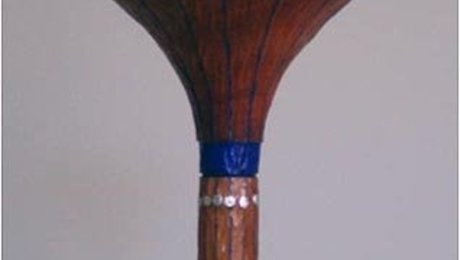
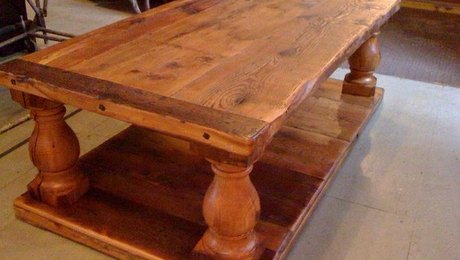

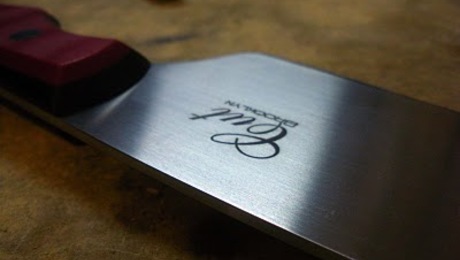
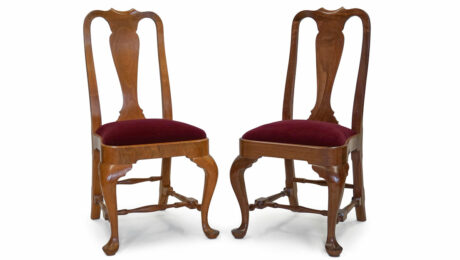


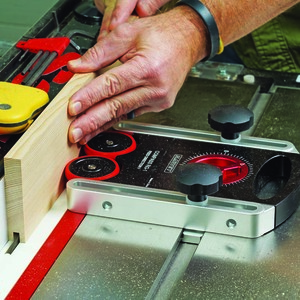
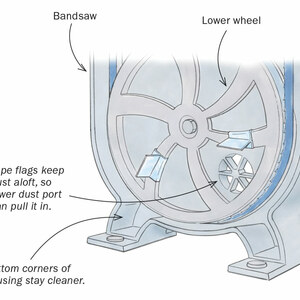




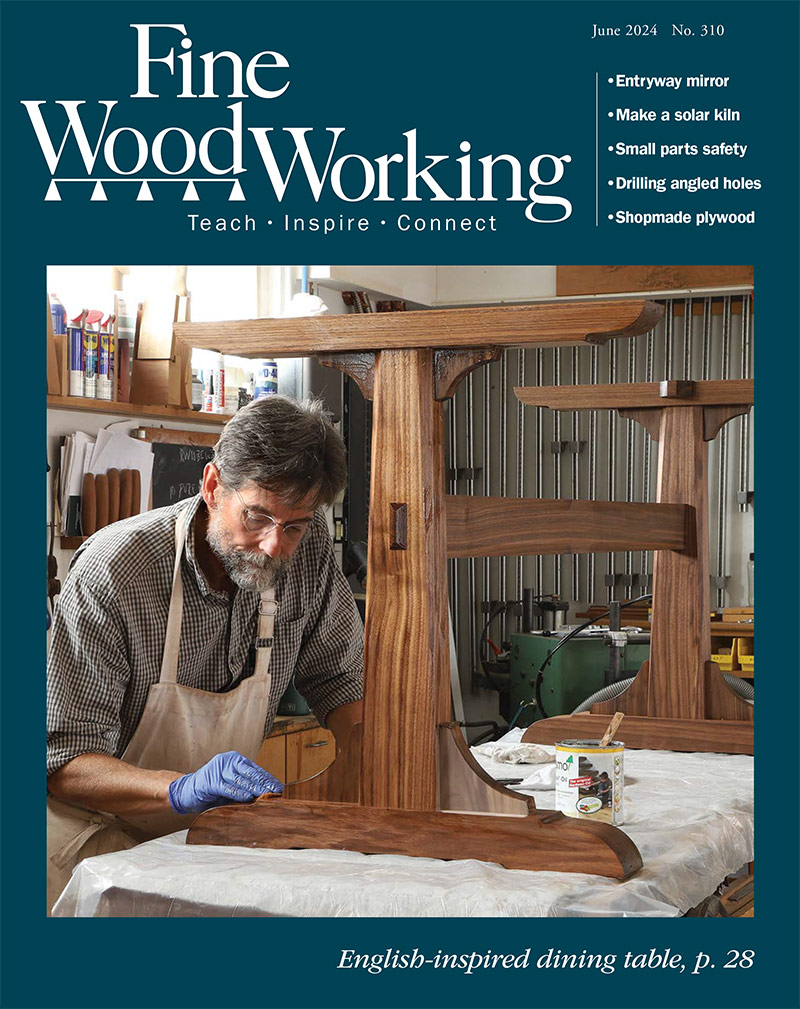

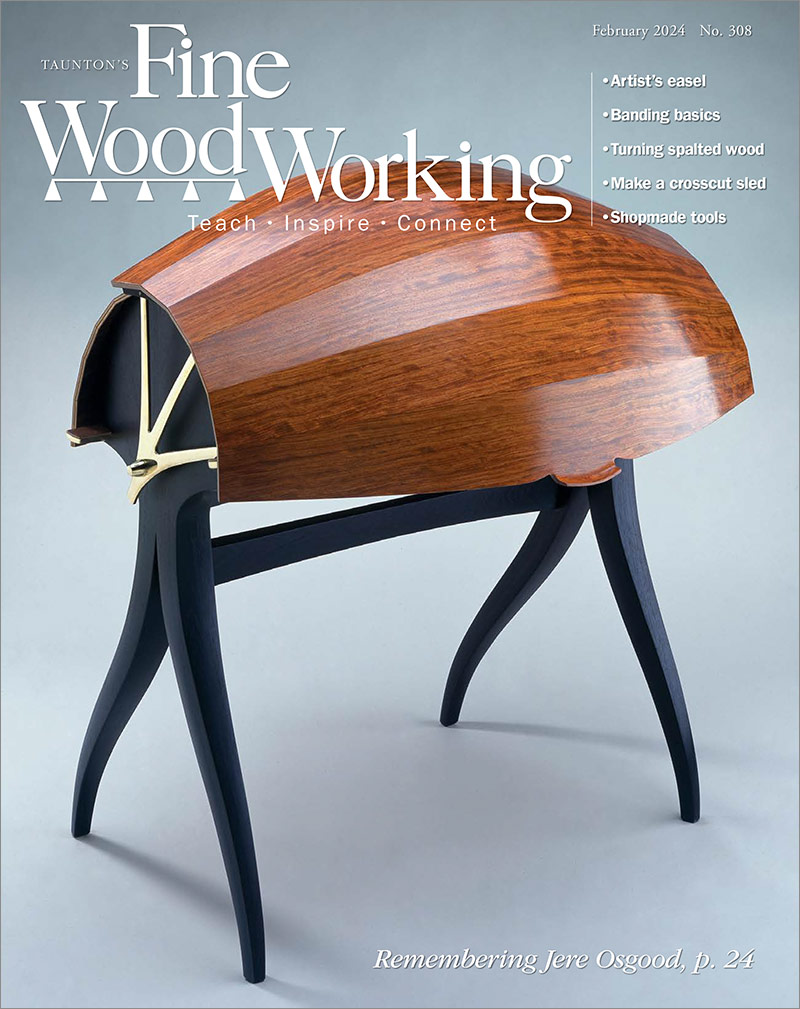
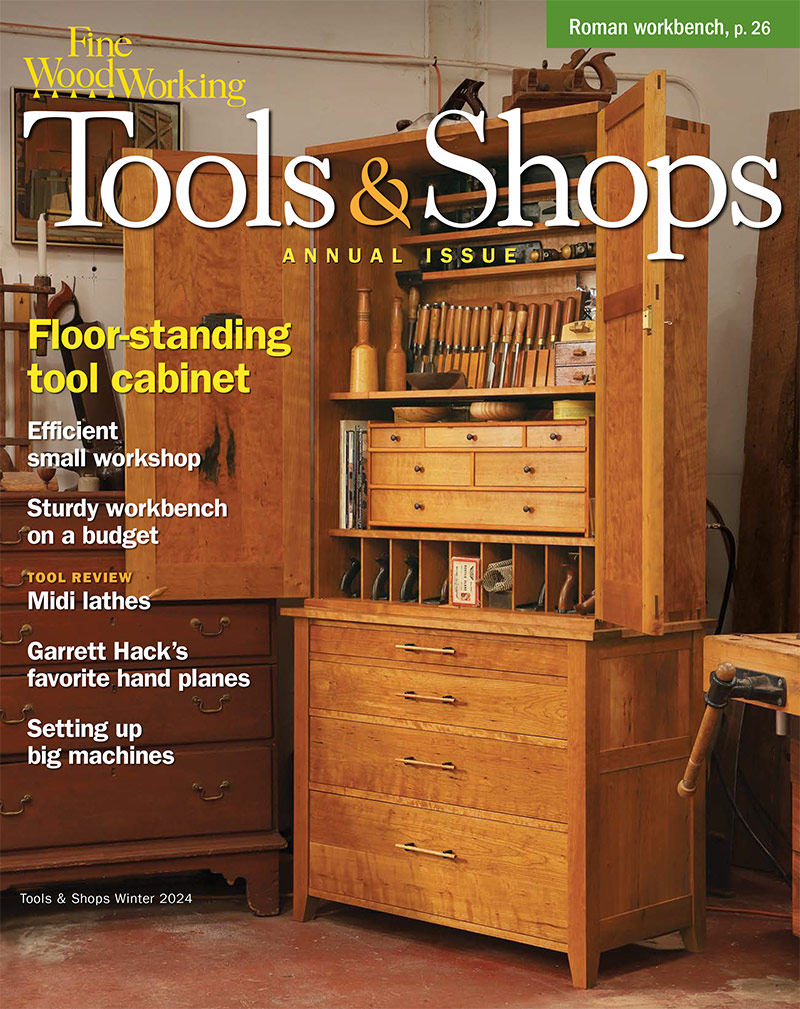
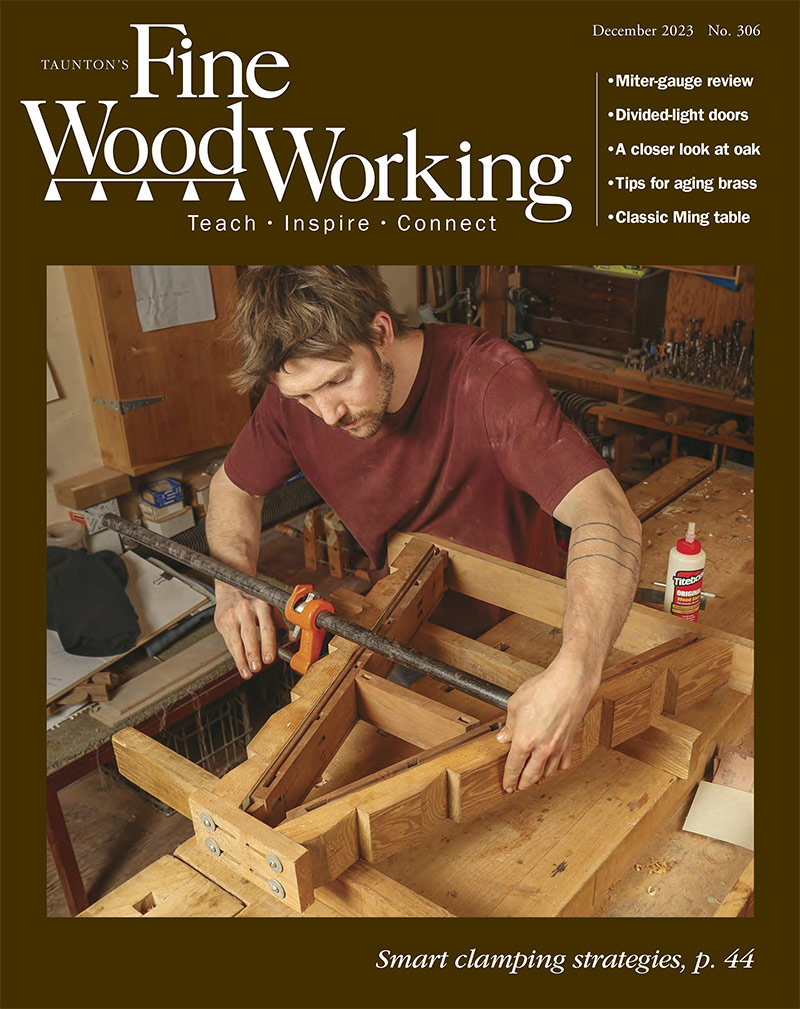
Log in or create an account to post a comment.
Sign up Log in